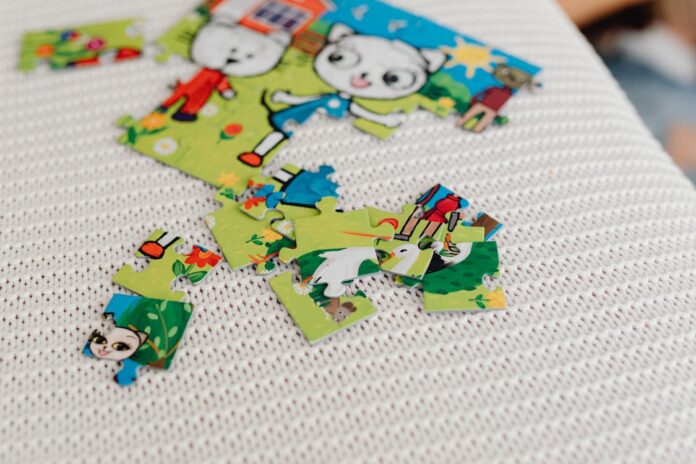Unraveling the NYT Crossword Puzzle
The New York Times (NYT) Crossword Puzzle stands as an icon of intellectual assignment and linguistic dexterity. Dating returned to its inception in 1942, this venerable puzzle has advanced into a cultural phenomenon, fascinating lovers worldwide. Its enduring reputation stems from a blend of records, tradition, and the charm of cracking its cryptic clues.
Getting Started
For rookies, venturing into the area of NYT crosswords can be intimidating. However, fear no longer, as there are techniques to ease the initiation method. Beginners need to begin with less difficult puzzles, step by step working their manner up to greater hard grids. Additionally, leveraging gear like crossword dictionaries and on-line forums can provide priceless help.
Cracking the Code
Solving an NYT crossword requires more than just vocabulary prowess; it demands strategic questioning and sample popularity. Adopting systematic strategies along with filling in the blanks with not unusual letters or figuring out clue styles can considerably decorate success prices. Moreover, know-how the sorts of clues and heading off common pitfalls are quintessential to studying the artwork of crossword fixing.
Behind the Scenes
Ever questioned approximately the meticulous procedure at the back of crafting these enigmatic puzzles? Puzzle creators, called constructors, meticulously layout grids and compose clues, hanging a sensitive stability between challenge and solvability. Insights from NYT crossword editors shed mild at the rigorous requirements upheld to keep the puzzle’s esteemed popularity.
The Art of Construction
Constructing an NYT crossword is comparable to composing a symphony of words and letters. Constructors hire various techniques to craft grids with symmetrical patterns and attractive subject matters. However, this creative endeavor isn’t always with out its challenges, as constructors often face constraints in word selection and grid layout.
Community and Culture
Beyond solitary solving sessions, the NYT crossword fosters a vibrant network of lovers. Online forums and social media businesses function hubs for collaborative fixing and lively discussions. Additionally, competitive occasions and gatherings provide possibilities for lovers to showcase their skills and celebrate their shared passion.
NYT Crossword in Popular Culture
The affect of the NYT crossword extends far past the puzzle page, permeating numerous sides of popular lifestyle. From references in literature and movie to its effect on language and societal norms, the puzzle’s attain is plain. Its enduring presence underscores its repute as a cultural touchstone.
Benefits of Solving Crosswords
Engaging in crossword puzzles offers greater than simply enjoyment; it gives a myriad of cognitive and emotional benefits. Studies suggest that regular puzzle-solving can sharpen cognitive abilities, enhance memory retention, and alleviate stress. Furthermore, the social and educational price of solving crosswords fosters a feel of connection and highbrow stimulation.
The Future of NYT Crossword
As society embraces virtual improvements, the NYT crossword keeps to adapt and evolve. From interactive online platforms to AI-generated puzzles, the panorama of crossword solving is poised for transformation. However, amidst those adjustments, the essence of the NYT crossword—a undying challenge that transcends generations—stays steadfast.
Frequently Asked Questions (FAQs)
What is the records of the NYT Crossword puzzle?
How can I improve my crossword-fixing capabilities?
Are there any online sources for solving NYT crosswords?
Who creates the NYT crossword puzzles?
What makes the NYT crossword specific compared to others?
Can fixing crosswords truely improve cognitive abilties?
Conclusion
In end, the NYT crossword puzzle embodies a wealthy tapestry of records, lifestyle, and highbrow stimulation. As fans preserve to get to the bottom of its mysteries, one issue remains sure: the charm of the NYT crossword endures, transcending generations and leaving an indelible mark on famous subculture.


